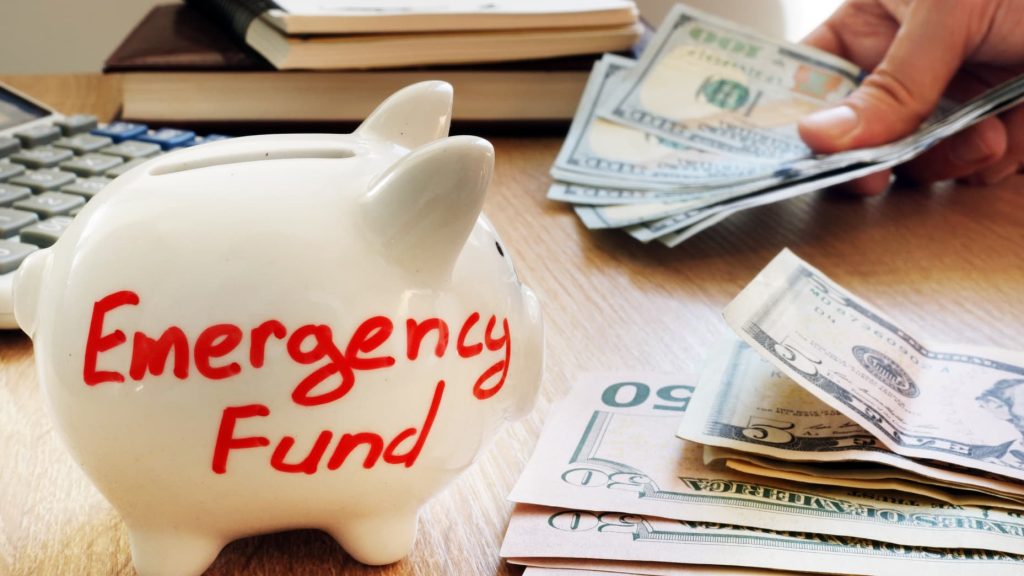An emergency fund is a critical component of financial security. It serves as a safety net, helping cover unexpected expenses such as medical bills, car repairs, or job loss. Without an emergency fund, you may have to rely on credit cards or loans, which can lead to debt.
How Much Should You Save?
Experts recommend saving three to six months’ worth of living expenses in your emergency fund. This ensures you have enough to cover essential costs like rent, groceries, and utilities during tough times. If saving this much feels overwhelming, start small by setting a manageable monthly savings goal. Over time, your emergency fund will grow.
Where to Keep Your Emergency Fund
It’s best to keep your emergency savings in a high-interest savings account, separate from your regular checking account. This allows easy access when needed while earning a little interest. Remember, your emergency fund should only be used for true financial emergencies, so resist the urge to dip into it for non-urgent expenses.
The Long-Term Benefits of an Emergency Fund
Building an emergency fund takes time, but the peace of mind it offers is invaluable. With a solid fund in place, you’ll be prepared for the unexpected without the added stress of financial instability.



